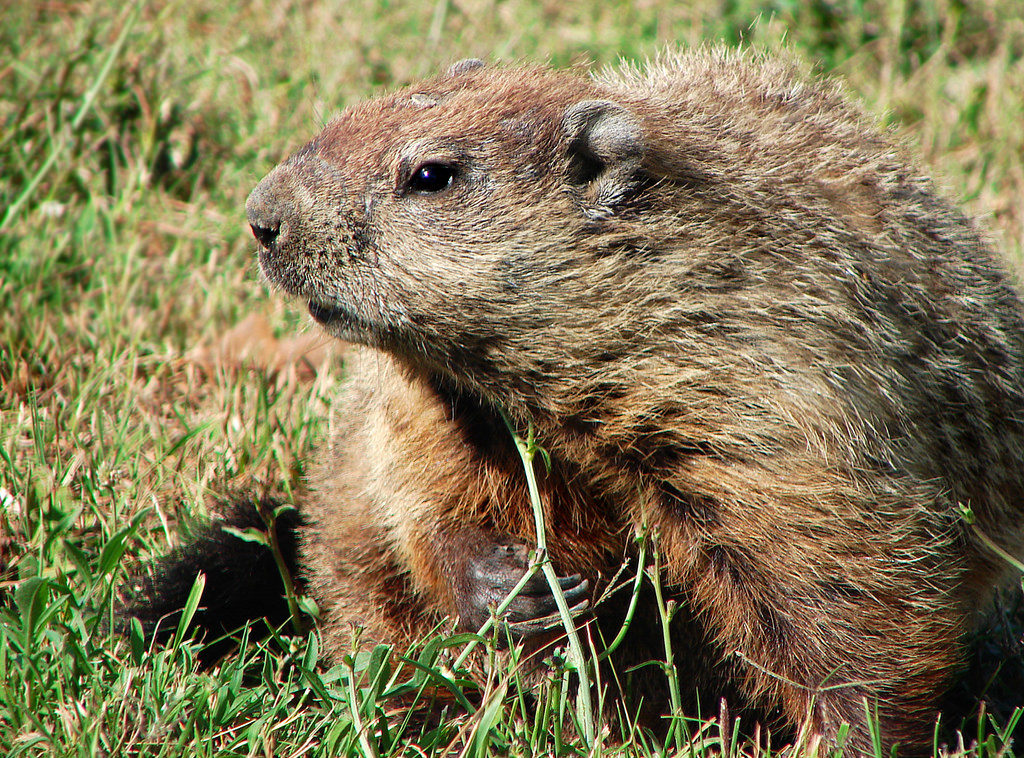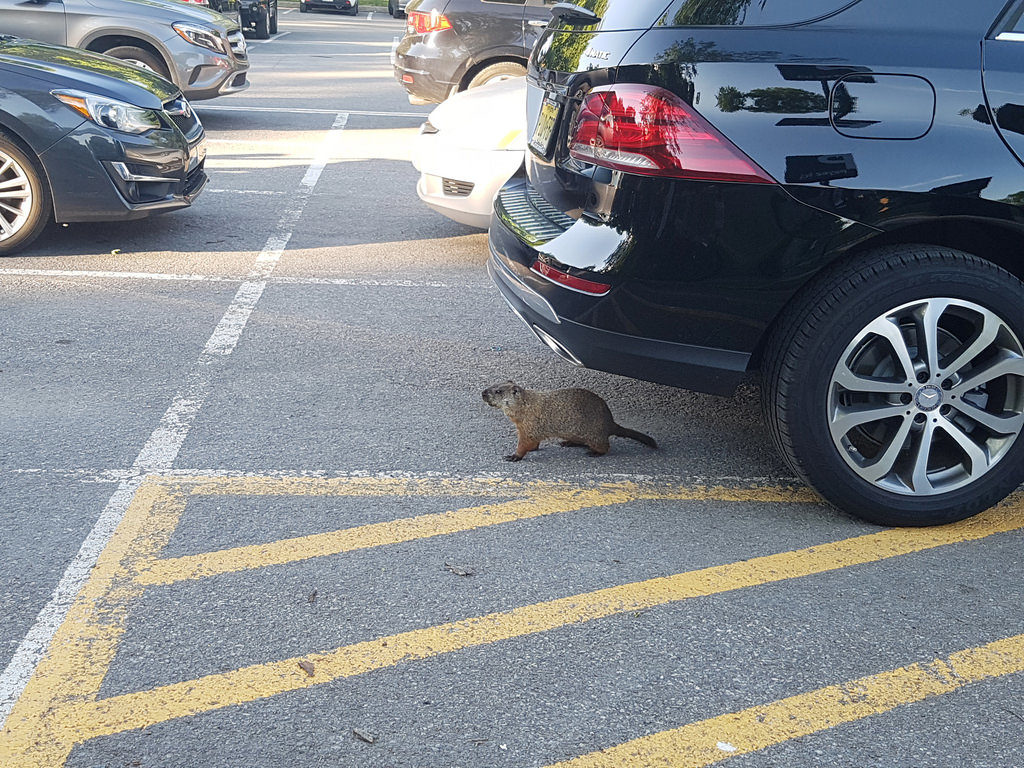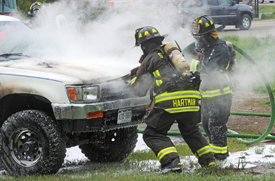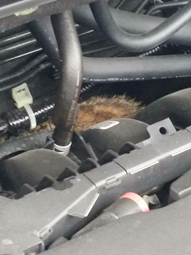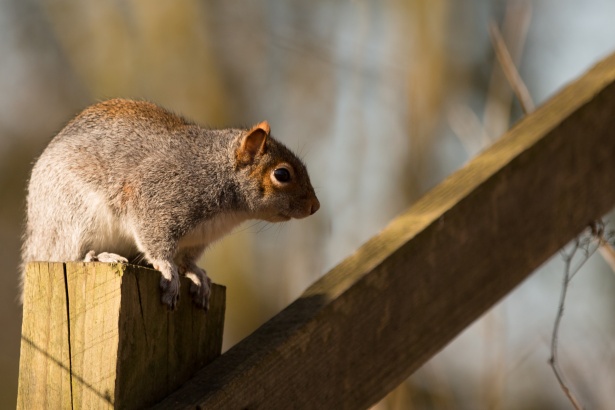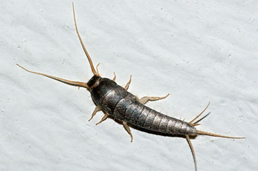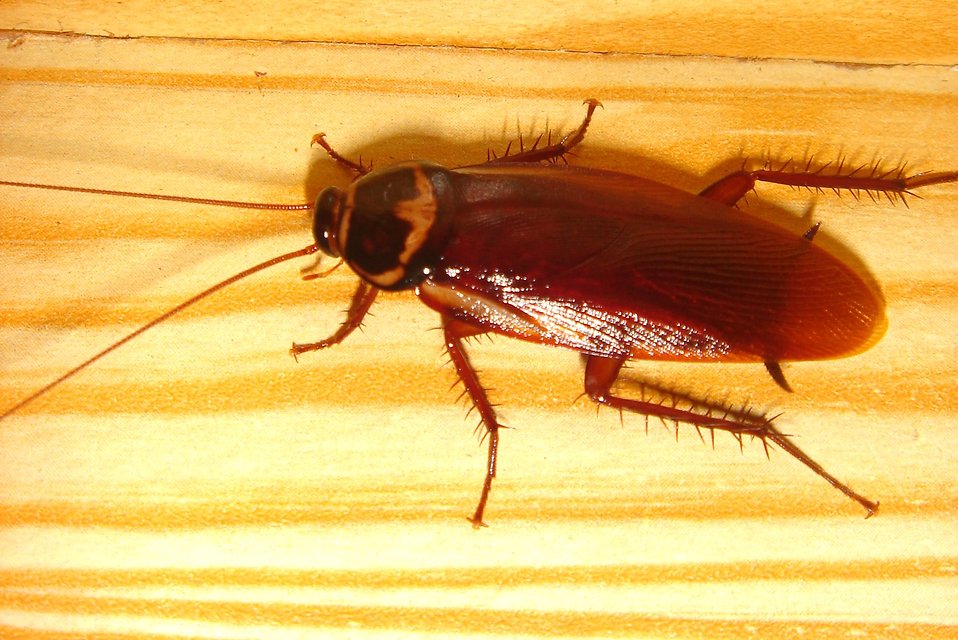
Yes the roaches irrelevant of which of the species they may belong to, they are undeniably among the most prevalent pests in most places of residence.
They are deemed a nuisance because of several reasons!! Let us go through them one by one.
They spread the filth and unpleasant order in the surrounding areas as they usually leave in close association with people. They also ruin the food, fabrics and book-bindings.
They disgorge portions of their partially digested food at intervals and drop faeces. They also discharge a nauseous secretion both from their mouths and from glands opening on the body which give a long-lasting, offensive cockroach smell to areas or food visited by them.
The most important reason of the nuisance is their ability to spread diseases. They are responsible for potentially causing food poisoning in humans. They are also responsible for transmission of diseases like cholera, diarrhoea, staphylococcus, streptococcus, hepatitis, typhoid and dysentery. They can also be a risk for people with allergies and asthma when they make their homes indoors.
Hence the nuisance created by them is the deadliest and cannot be avoided as they are found everywhere. There are many evidences of the nuisance of these nocturnal roaches let me mention few of them.
Tenants say cockroaches infesting Peterborough apartment building
By Niki Anastasakis Videographer Global News │ November 22, 2018
Cockroaches infesting Peterborough apartment on Talwood Drive
Tim Bissonnette says cockroaches have been infesting his 8 Talwood Drive for years, but the problem has gotten worse in recent weeks.
“We can’t have our cupboard doors closed, we can’t turn off our kitchen lights, we can’t turn off our bathroom lights because that’s when the cockroaches will come out.
“We give care packages to every new tenant that comes into the building of Diatomaceus earth because they are not told about this problem,” said Bissonnette.
If the cockroach has an egg sack, Bissonnete says it could produce another 30 cockroaches if not treated properly. Bissonnette says he finds them in the bathroom, kitchen, the elevator and just about everywhere.
Cockroaches force closing of Bob Evans
2nd eatery shut in week by inspectors over pests
Ashley Sloboda | The Journal Gazette │September 28, 2018
Bob Evans in southwest Fort Wayne closed Thursday after health inspectors found dozens of cockroaches in the restaurant, including among food being prepared on the kitchen line, according to the inspection report.
It’s the second restaurant on the city’s southwest side to close this week because of roaches.
The Fort Wayne-Allen County Department of Health received a complaint Wednesday directing inspectors to check under the cooking area of the Village of Coventry restaurant.
“Cockroaches – treating it themselves,” the complaint said. “Don’t want public to know but they can’t get rid of them.”
The restaurant declined to comment when reached by phone Thursday afternoon.
Along with a can of roach spray on the ice machine, inspectors found “harborage conditions” and cockroaches running across the kitchen floor; among clean plates; and among food being prepared, the report states.
Traps contained more than 40 live cockroaches, inspectors reported, noting dead cockroaches were also in the restaurant.
Students say rental apartment full of cockroaches
CTV Kitchener ; October 17, 2017
The first time Winnet Runhare and her roommates visited their new Waterloo apartment, they saw a cockroach.
They assumed it was an aberration, and didn’t think much of it. “Two weeks in, we started seeing a lot more,” Runhare says.
Now, Runhare and her roommates find cockroaches in their kitchen, their bedrooms, and other areas of their apartment. It’s at the point where two of the three students have moved out, vowing not to return until the insects are gone. The third is staying put, but doesn’t want to cook in the kitchen.
Going through the evidences one come to know that the roaches’ nuisance is not restricted to only one sector but found in each sector such as residential, hotels, airlines, etc.
Though the roaches are tropical in origin they are also found in the habitat where warmth, moisture and food are adequate. The roaches are known for their extraordinary survival skills as they move towards the places where they find water.
Roaches usually live in groups. As they are nocturnal in nature they are active during nights and during the daytime they hide in the cracks and crevices in walls, door frames and furniture. They are also found in the secure places like bathrooms, cupboards, steam tunnels, basements, electric devices, drains and sewer systems.
The roaches also run from dishes, utensils, working surfaces and floors in search of food in the kitchen areas. They make their way toward any water source including irrigation systems, swimming pools, and leaky water pipes or faucets.
Roaches are the important pests as they feed on variety of food from starchy and sugary materials to the cardboards and nails of babies and sick/sleeping persons.
Hence to help alleviate or else completely eradicate the infestation we C Tech Corporation provide you with the best effective solution CombirepelTM.
CombirepelTMis an anti-insect aversive developed on the grounds of green chemistry and technology.
CombirepelTM is an eco-friendly product which acts as an aversive to repel the pesky insects like roaches. CombirepelTM do not kill the targeted as well as non-targeted species but just repel them causing no harm no to human and environment.
CombirepelTM is available in the form of
CombirepelTM liquid concentrate can be mixed in the paints to cover the areas like cracks and crevices of walls and hidden places where the roaches tend to survive. The lacquer is
CombirepelTM wood polish additive can be mixed with the wood polish and applied on the wooden surfaces, furniture, bookshelves, etc.
CombirepelTM pest repellent spray can be sprayed on the infested area to repel the pests.
CombirepelTM is thermally stable and does not degrade on exposure to heat and sunlight. It does not kill or harm the insect but repels them. It does not volatilize and does not degrade the soil. It is RoHS, RoHS2, ISO, REACH, APVMA, NEA, EU BPR compliant and FIFRA exempted.
Hence we provide you with the best effective solution.
Contact us at technical.marketing@ctechcorporation.com to keep the pests away.
Also, visit our websites:
http://www.ctechcorporation.com/
http://www.rodrepel.com/
http://www.termirepel.com/
http://www.combirepel.com/
Follow our Facebook pages at:
1] https://www.facebook.com/Combirepel-411710912249274/
2] https://www.facebook.com/Termirepel-104225413091251/
3] https://www.facebook.com/Rodrepel-120734974768048/
Follow us on our Twitter pages at:
1] https://twitter.com/rodrepel
2] https://twitter.com/termirepel
3] https://twitter.com/combirepel

